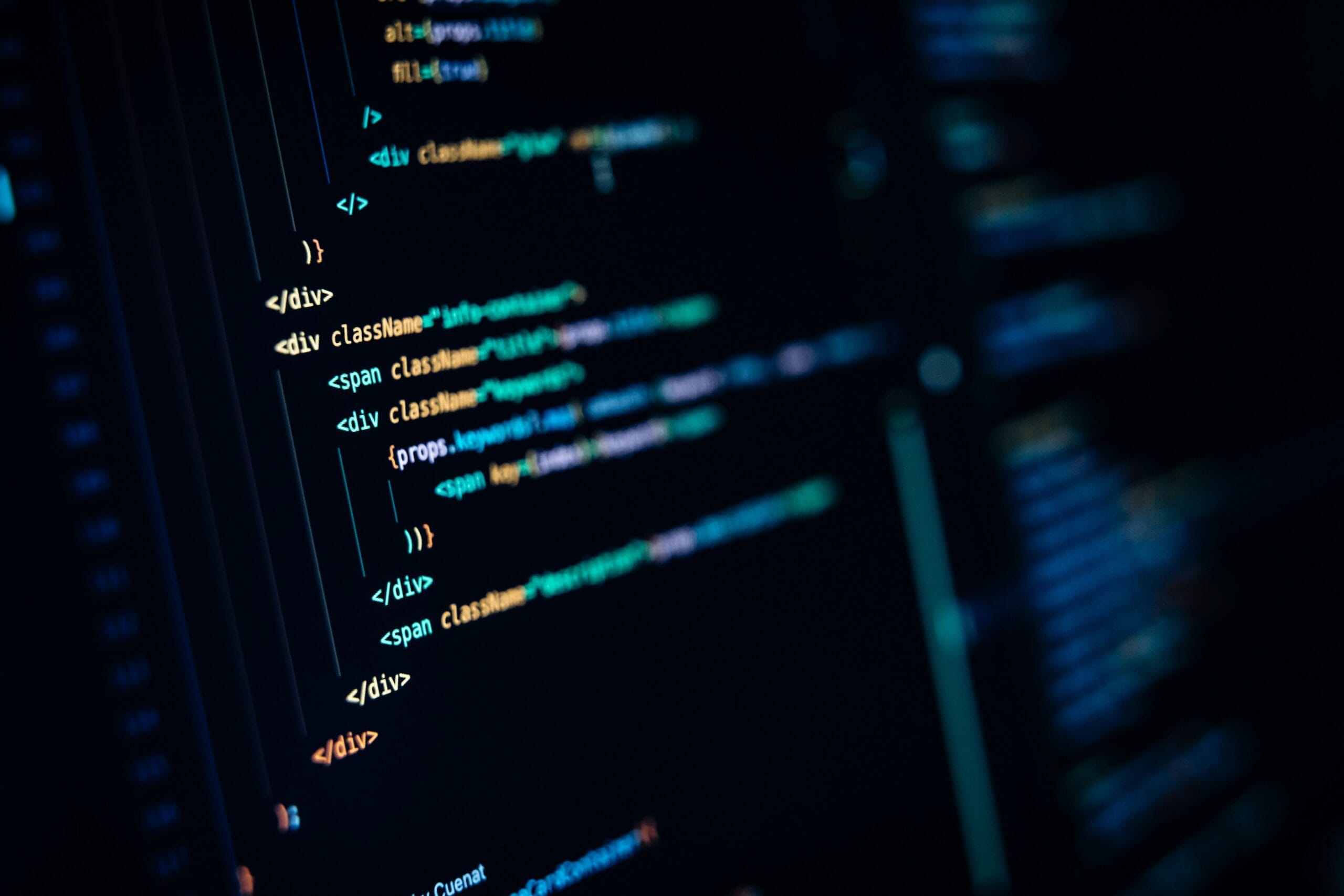If you’re reading this on your phone, laptop, or even a smart TV app — what you’re seeing right now is the result of frontend development. It’s the craft of turning ideas and designs into smooth, interactive experiences that users can see and feel.
From the moment you click a button that lights up, to the instant an animation makes you smile, that’s the magic of frontend. And in 2025, it’s evolving faster than ever.
In this guide, let’s walk through what frontend development is, the technologies you should know, the tools professionals rely on, and a few best practices (with examples you can try yourself).
🌐 What Exactly is Frontend Development?
Frontend development is all about the user-facing side of the web. It’s where design meets code — ensuring that a website isn’t just functional but also enjoyable to use.
To simplify it:
- Backend is like the kitchen of a restaurant (where the data and logic are handled).
- Frontend is the dining area (the menus, the ambience, and how everything feels when you interact with it).
👉 Example: On YouTube, the backend decides which videos to recommend, but the play button, comments section, and the like animation — that’s frontend at work.
💡 Visual idea: A simple infographic showing “Frontend = UI/UX” vs. “Backend = Data/Logic.”
🛠️ Core Building Blocks of Frontend
1. HTML – The Skeleton
Every web page starts with HTML. It structures the content — headings, paragraphs, links, forms, images.
Quick Example:
<h1>Hello, World!</h1>
<p>This is my first frontend project.</p>💡 Visual idea: Show a plain HTML page (black text on white background).
2. CSS – The Style
HTML gives structure, but CSS makes it look alive — colors, layouts, fonts, animations.
Quick Example:
h1 {
color: #2d89ef;
text-align: center;
font-family: "Poppins", sans-serif;
}💡 Visual idea: Before-and-after mockup: plain HTML vs. styled with CSS.
3. JavaScript – The Brain
This is where interaction comes in. JavaScript controls events, fetches data, and powers animations.
Quick Example:
document.getElementById("btn").onclick = () => {
alert("You clicked the button!");
};💡 Visual idea: A GIF of a button changing color and showing an alert when clicked.
⚡ Frameworks That Make Life Easier
In 2025, very few developers stick to plain HTML/CSS/JS for large projects. Frameworks make it faster and more scalable.
- React → Reusable components (used by Netflix, Instagram).
- Vue.js → Easy learning curve, perfect for beginners.
- Angular → Powerful for enterprise-level apps.
- Svelte → Minimal code, blazing fast performance.
React Example:
function Welcome({ name }) {
return <h2>Hello, {name} 👋</h2>;
}💡 Visual idea: Diagram showing React components as Lego blocks snapping together.
🎨 Best Practices Every Frontend Developer Should Follow
- Responsive Design – Websites should look great on phones, tablets, and desktops.
- Performance First – Compress images, use lazy loading, and write clean code.
- Accessibility (a11y) – Add
alttext, use proper headings, ensure keyboard navigation. - Consistent UI – Stick to a design system or style guide.
- Testing – Use tools like Jest or Cypress to avoid shipping bugs.
Example: Responsive Grid Layout
.container {
display: grid;
grid-template-columns: repeat(auto-fit, minmax(300px, 1fr));
gap: 20px;
}💡 Visual idea: Side-by-side mockup of a three-column grid collapsing into one column on mobile.
🌟 Real-World Examples to Learn From
- Netflix – Built with React, optimized for speed and scale.
- Airbnb – Famous for its accessibility-first design.
- Spotify Web Player – Clean interface, responsive, and smooth animations.
💡 Visual idea: Screenshots highlighting unique UI features of these apps.
🔮 What’s Next for Frontend in 2025?
Frontend is moving beyond just websites. Some exciting trends:
- AI-driven UIs → Websites that adapt layouts for each user.
- WebAssembly → Running complex apps (like games or editors) right in the browser.
- Headless CMS + Jamstack → Faster, more secure websites.
- AR/VR & 3D Interfaces → Web experiences that feel immersive.
✅ Wrapping Up
Frontend development isn’t just about code — it’s about building experiences people enjoy. Whether you’re tweaking your first portfolio site or contributing to a global app, the skills you learn here will always stay relevant.
👉 My advice: start small. Build a simple project, experiment with styles, and keep iterating. That’s how every great developer begins.
